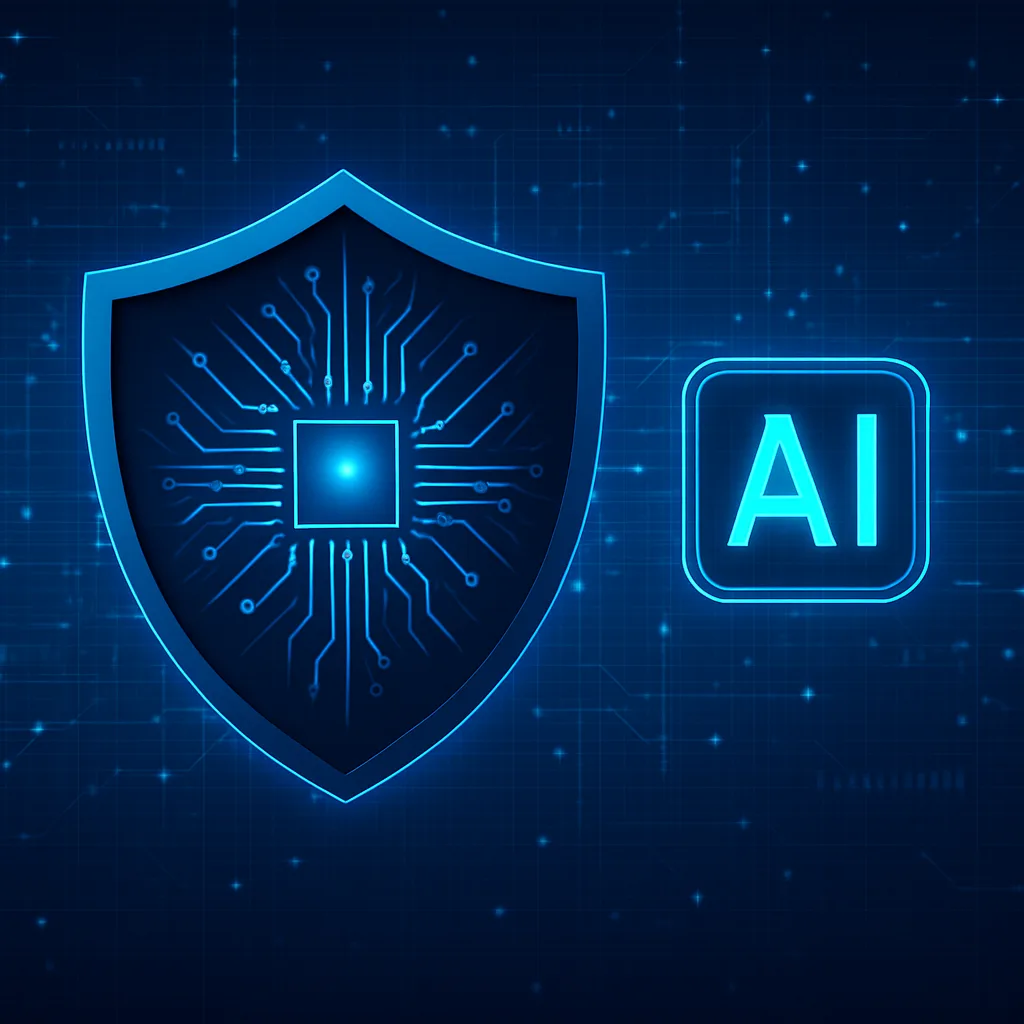Artificial Intelligence (AI) has transformed the way organizations detect, analyze, and respond to cyber threats. Traditional security systems rely heavily on static rules and known threat signatures, which often fall short against today’s sophisticated and fast-evolving attacks. AI, on the other hand, introduces adaptability, predictive capabilities, and real-time response—empowering security teams to stay ahead of malicious actors.
However, like any powerful tool, AI in cybersecurity must be implemented strategically. Without careful planning, organizations risk false positives, missed detections, or even compromised AI models. This guide outlines best practices for successfully deploying AI-powered threat detection.
1. Define Clear Detection Objectives
AI models perform best when trained with a specific purpose. Before implementation:
- Identify key threat categories—e.g., phishing attempts, insider threats, ransomware activity.
- Map detection goals to business priorities—such as protecting customer data, safeguarding intellectual property, or securing critical infrastructure.
- Determine performance metrics early, such as detection accuracy, false positive rate, and time-to-alert.
2. Use High-Quality, Diverse Data
AI learns from data. If the data is incomplete, biased, or outdated, detection performance suffers.
- Include varied data sources: network traffic logs, endpoint telemetry, identity access patterns, and email metadata.
- Balance normal vs. abnormal patterns so the AI can distinguish between routine behavior and genuine anomalies.
- Regularly refresh datasets to adapt to emerging threats and tactics.
3. Combine AI with Human Expertise
AI is a powerful force multiplier, not a replacement for skilled security analysts.
- Establish human-in-the-loop review for high-impact alerts, ensuring accurate interpretation before automated actions.
- Leverage analyst feedback to retrain AI models, improving accuracy over time.
- Integrate threat intelligence teams to validate findings and uncover deeper attack context.
4. Prioritize Explainability and Transparency
Black-box AI models can make it difficult to understand why an alert was triggered, reducing trust and slowing incident response.
- Adopt explainable AI (XAI) techniques to provide clear reasoning behind detections.
- Log all decision-making steps so analysts can audit and verify AI conclusions.
- Use visual dashboards to simplify AI findings for non-technical stakeholders.
5. Implement Continuous Model Training and Tuning
Threat landscapes evolve daily. A static AI model quickly becomes outdated.
- Automate retraining schedules to incorporate new threat indicators and behaviors.
- Test models against simulated attacks to evaluate adaptability.
- Retire outdated detection rules that create unnecessary noise or redundancy.
6. Guard Against Adversarial Attacks
Attackers can attempt to deceive or poison AI models.
- Deploy data validation layers to filter malicious or corrupted training inputs.
- Use adversarial testing to identify model weaknesses before attackers exploit them.
- Isolate AI detection systems from direct external access to reduce manipulation risk.
7. Integrate with Broader Security Infrastructure
AI threat detection is most effective when it complements other security tools.
- Feed AI alerts into SIEM (Security Information and Event Management) platforms for centralized visibility.
- Automate response workflows to contain threats faster—e.g., quarantining devices or blocking malicious IPs.
- Ensure compatibility with existing firewalls, intrusion prevention systems, and endpoint security.
8. Measure and Improve
Security is a moving target. Measuring effectiveness ensures AI remains a valuable asset.
- Track metrics over time, such as detection rate, false positive rate, and average incident resolution time.
- Conduct post-incident reviews to learn from missed detections or delayed responses.
- Benchmark against industry standards to validate system performance.
Conclusion
AI-powered threat detection is not just a technological upgrade—it’s a strategic shift in how organizations approach cybersecurity. By defining clear goals, using quality data, combining AI with human insight, and continuously evolving your detection systems, you can create a defense posture that is not only reactive but truly proactive.
The future of cybersecurity belongs to organizations that can harness AI responsibly—balancing automation with oversight, and speed with accuracy. Done right, AI will not just detect threats, it will anticipate and neutralize them before they can cause harm.


